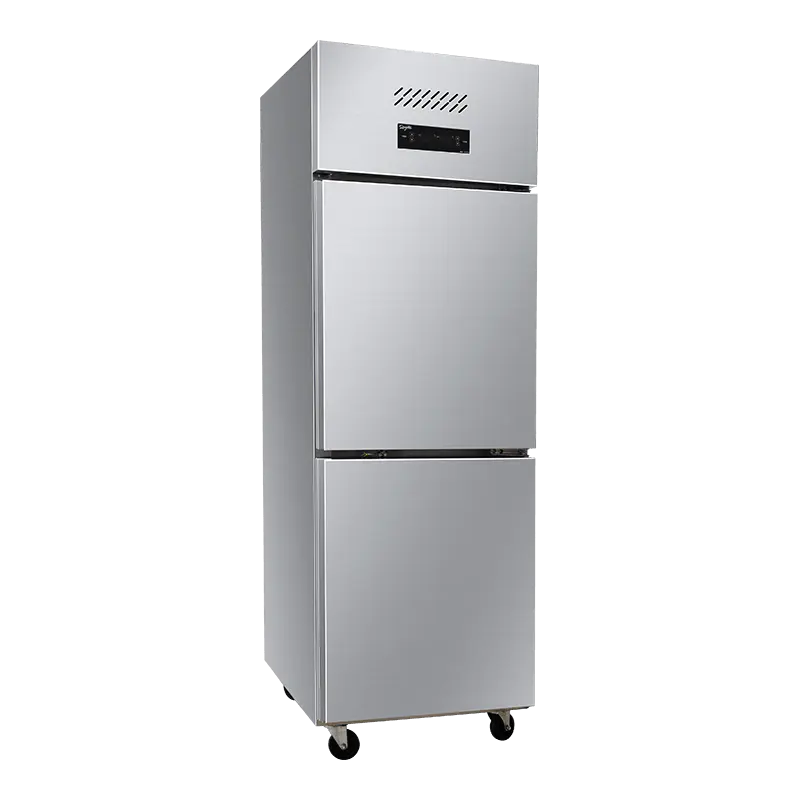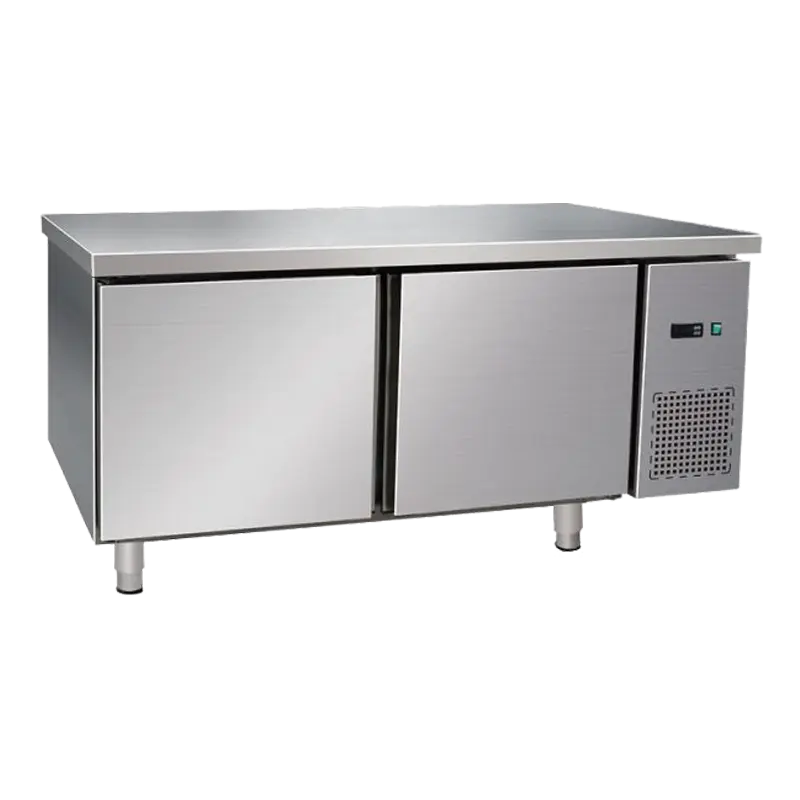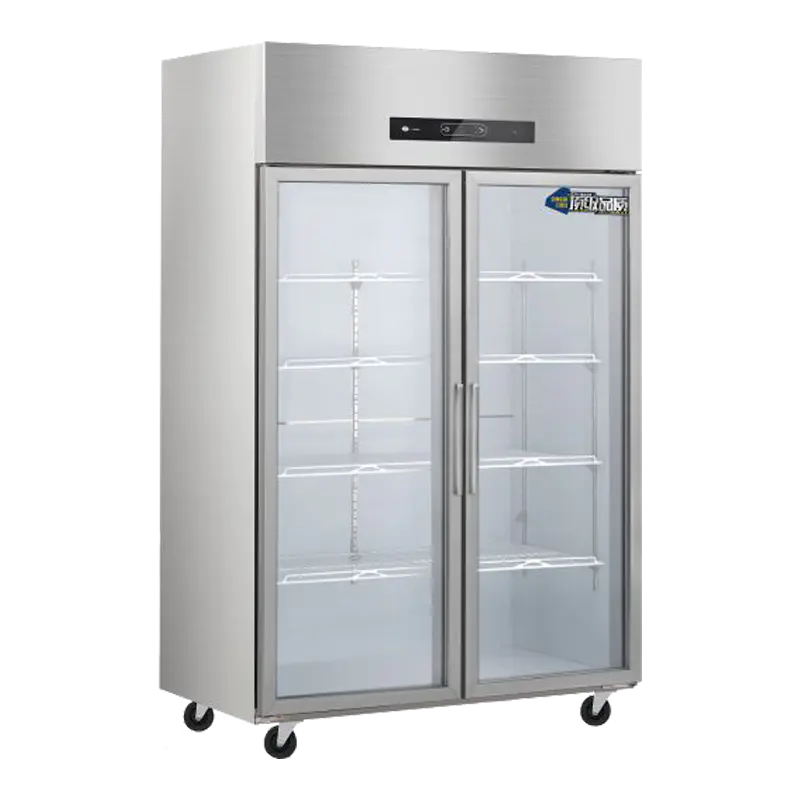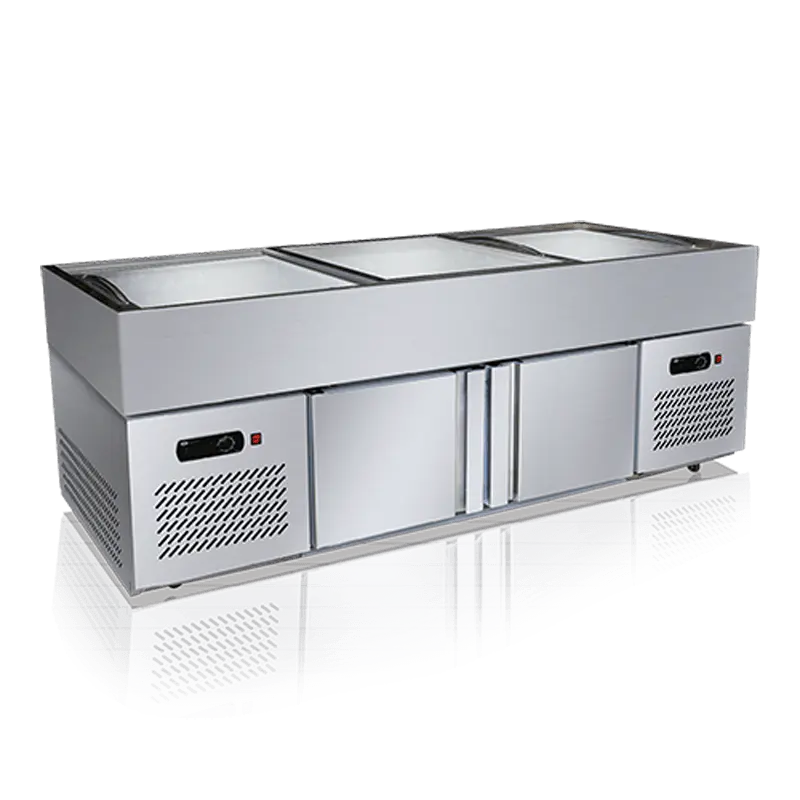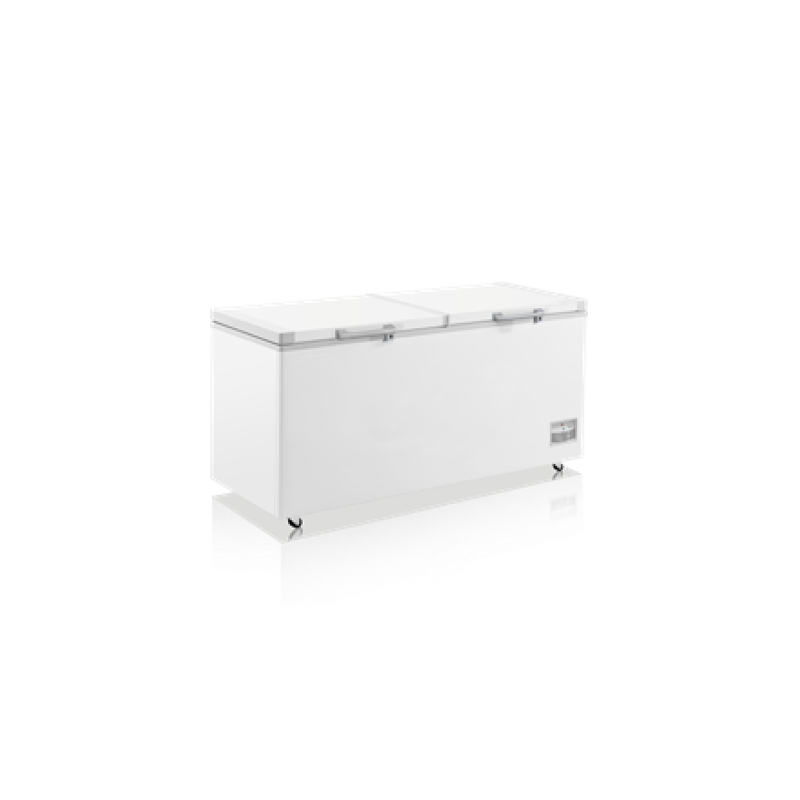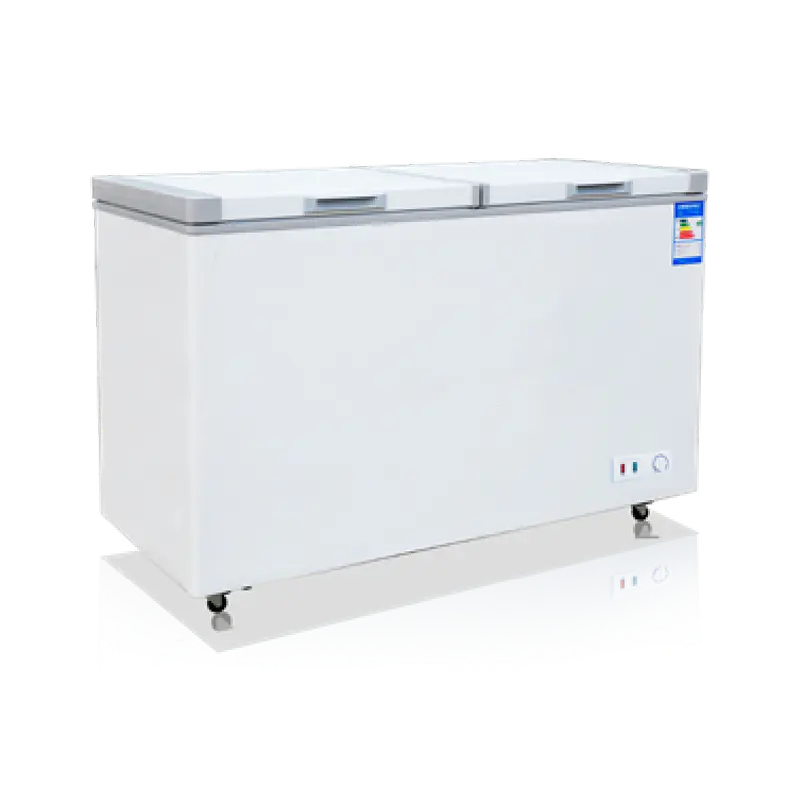Commercial kitchen refrigerators are usually used in high-frequency catering environments, such as restaurants, hotel kitchens, central kitchens, and fast food chains. In such environments, refrigerator doors are frequently opened and closed, and hot air from the outside continuously enters the cabinet, which places high demands on the stability of the refrigeration system. In order to maintain a stable internal temperature despite frequent door openings and closings, modern commercial refrigerators have adopted a number of technologies and design optimizations, mainly including the following aspects:
1. Efficient refrigeration system design
Commercial kitchen refrigerators are generally equipped with high-performance compressors and large-capacity condensers that can quickly respond to temperature fluctuations and restore the set temperature. Common compressor types include fully enclosed scroll or piston compressors, which have the characteristics of fast start-up and high refrigeration efficiency.
In addition, some high-end models use variable frequency compressors, which can automatically adjust the operating frequency according to load changes, saving energy while maintaining a more stable temperature environment.
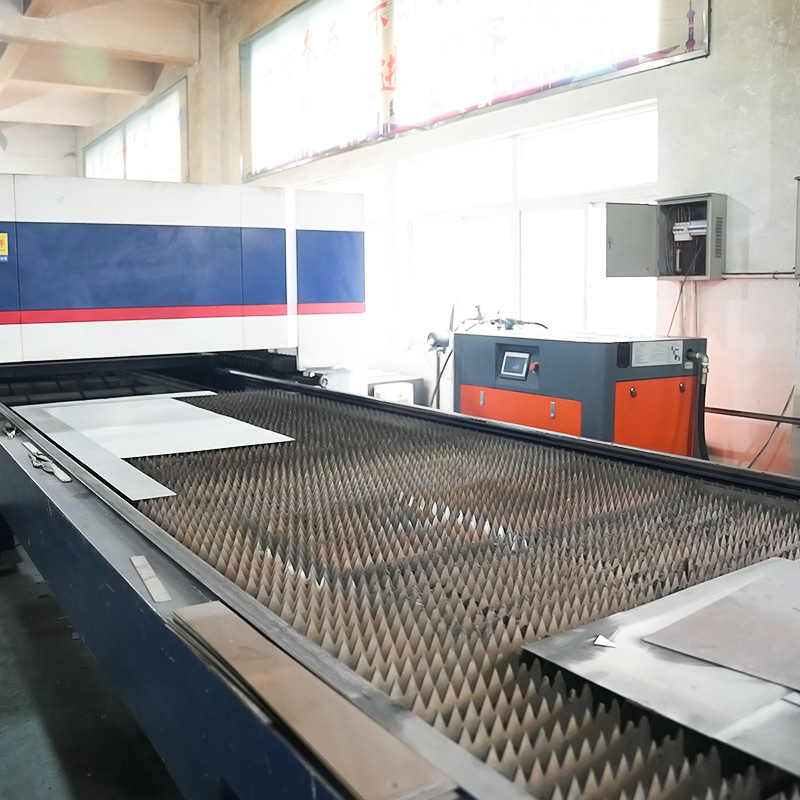
2. Air Curtain and Wind Screen Technology
Some commercial display or open refrigerators use air curtain technology, which continuously blows cold air downward through the top or side air outlets to form a "cold air barrier" that effectively isolates external hot air from entering the cabinet, and reduces heat intrusion even if the door is opened frequently.
3. Multi-layer insulation structure and high-quality insulation materials
The refrigerator body is filled with high-strength polyurethane foam material as a whole, which has extremely low thermal conductivity and provides excellent insulation performance. The outer shell of the box is usually made of stainless steel, and the liner is made of food-grade stainless steel or ABS plastic, which is not only corrosion-resistant and easy to clean, but also can further improve the insulation effect.
4. Intelligent temperature control and digital monitoring system
Most modern commercial kitchen refrigerators are equipped with a microcomputer temperature control system, which can monitor the internal temperature in real time and accurately control the start and stop of the compressor through the PID algorithm. Some devices also support remote monitoring functions. Users can view temperature changes, set alarm thresholds, and even implement fault warnings through mobile phones or central control systems.
5. Optimize door seals and sealing structures
The edges of refrigerator doors are equipped with highly elastic magnetic seals (usually EPDM rubber) to ensure a tight fit after closing the door to prevent cold air leakage. Some advanced models also use double-layer or multi-layer door seals to further enhance the sealing.
6. Pre-cooling return air system
Some commercial refrigerators are equipped with a pre-cooling device at the return air outlet to preliminarily cool the air about to enter the evaporator, which helps to improve the refrigeration efficiency and reduce the burden on the compressor.
7. Reasonable internal space layout and air duct design
Scientific air duct layout can ensure that the cold air is evenly distributed throughout the cabinet to avoid local overheating. For example, the design of air intake at the back or bottom and air outlet at the top helps to form a good air circulation and improve temperature consistency.
8. Automatic defrosting and drainage system
Commercial refrigerators are usually equipped with an automatic defrosting system to regularly remove frost on the evaporator to prevent the refrigeration efficiency from decreasing due to frost. An efficient drainage system can also ensure that the melted water is quickly discharged to avoid water accumulation affecting the internal temperature stability.
The reason why commercial kitchen refrigerators can maintain a stable internal temperature in the harsh environment of frequent door opening and closing mainly relies on the synergy of efficient refrigeration systems, advanced insulation materials, intelligent temperature control technology, air curtain design, good sealing structure, etc. These technologies and designs not only ensure the freshness and safety of food, but also improve the durability and energy efficiency of the equipment. They are one of the indispensable and important equipment in modern commercial kitchens.


 English
English русский
русский Español
Español عربى
عربى

